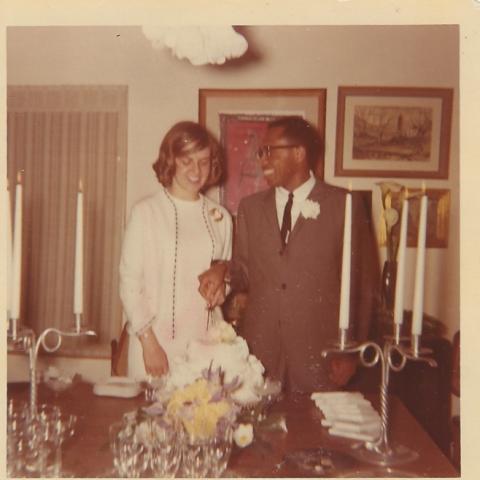A Long, Long Look at Obama’s Life, Mostly Before the White HousePosted in Articles, Barack Obama, Biography, Book/Video Reviews, Media Archive, Politics/Public Policy, United States on 2017-06-13 17:30Z by Steven |
A Long, Long Look at Obama’s Life, Mostly Before the White House
Books of The Times
The New York Times
2017-05-01
Michiko Kakutani, Chief Book Critic
RISING STAR
The Making of Barack Obama
By David J. Garrow
1,460 pages. William Morrow. $45.
“Rising Star,” the voluminous 1,460-page biography of Barack Obama by David J. Garrow, is a dreary slog of a read: a bloated, tedious and — given its highly intemperate epilogue — ill-considered book that is in desperate need of editing, and way more exhausting than exhaustive.
Many of the more revealing moments in this volume will be familiar to readers of Obama’s own memoir, “Dreams From My Father”; a host of earlier books about Obama and his family; and myriad profiles of the former president that have appeared in newspapers and magazines over the years. Garrow has turned up little that’s substantially new — save for identifying and interviewing an old girlfriend from Obama’s early Chicago years, who claims that by 1987, “he already had his sights on becoming president.”
In the absence of thoughtful analysis or a powerful narrative through line, Garrow’s book settles for barraging the reader with a cascade of details — seemingly in hopes of creating a kind of pointillist picture. The problem is that all these data points never connect to form an illuminating portrait; the book does not open out to become the sort of resonant narrative that Robert A. Caro and Ron Chernow have pioneered, in which momentous historical events are deftly recreated, and a subject’s life is situated in a time and a place. Instead, Garrow has expended a huge amount of energy — his bibliography, including interviews with more than a thousand people, runs to 35 pages — on giving us minutely detailed accounts of early chapters of Obama’s life, like his years at Harvard Law School, his time in Chicago as a community organizer, and his work in the Illinois State Senate. Garrow gets to Obama’s presidency only in an epilogue…
…It’s odd that Garrow should seize on one former lover’s anger and hurt, and try to turn them into a Rosebud-like key to the former president’s life, referring to her repeatedly in his epilogue. He even tries to turn her perception — about Obama’s having willed himself into being — into a pejorative, when the act of self-invention, as other biographers have noted, was the enterprising and existential act of a young man who essentially had been abandoned by both his black father and white mother, and who found himself caught between cultures and trying, as he wrote in “Dreams,” “to raise myself to be a black man in America.”…
Read the entire review here.







